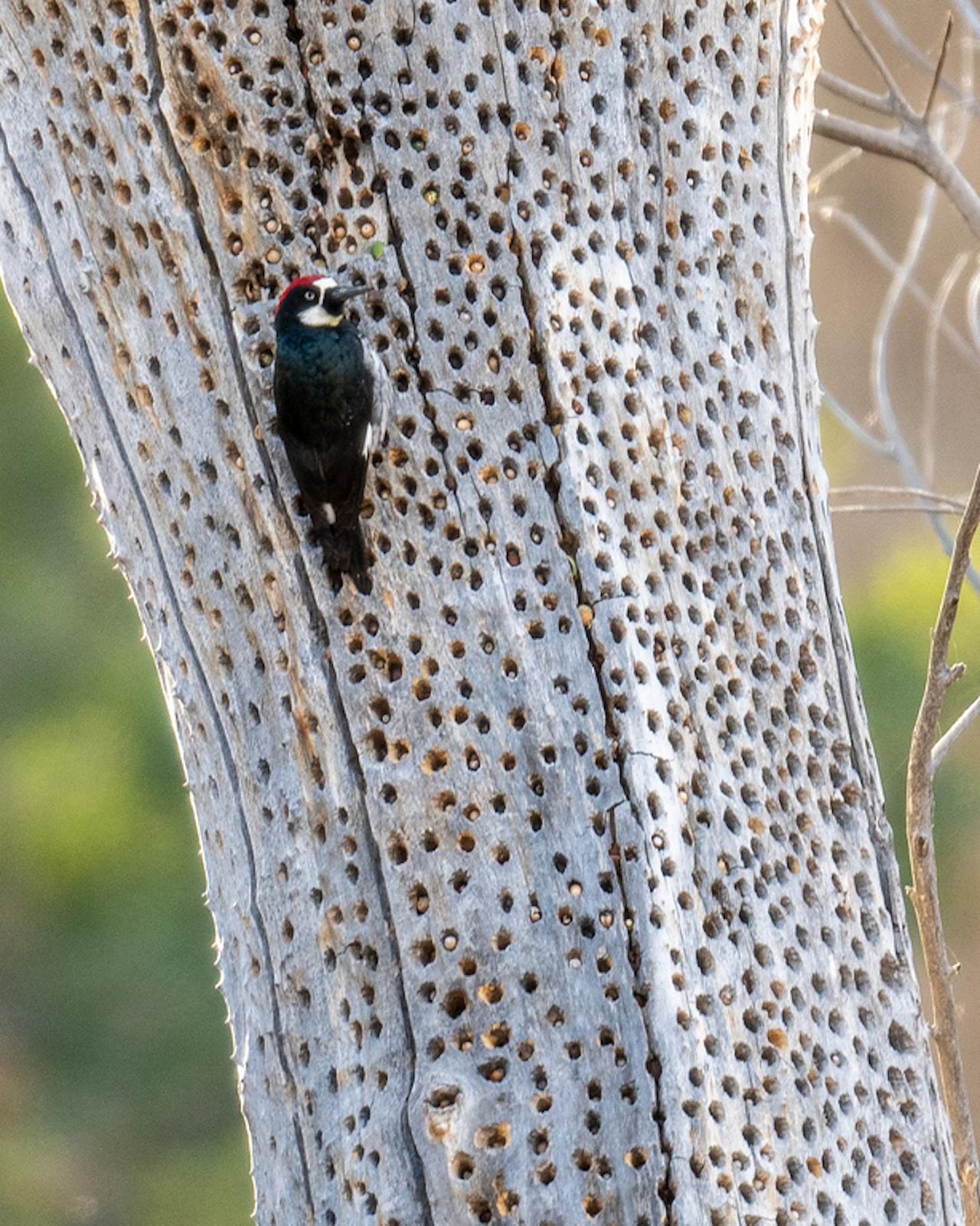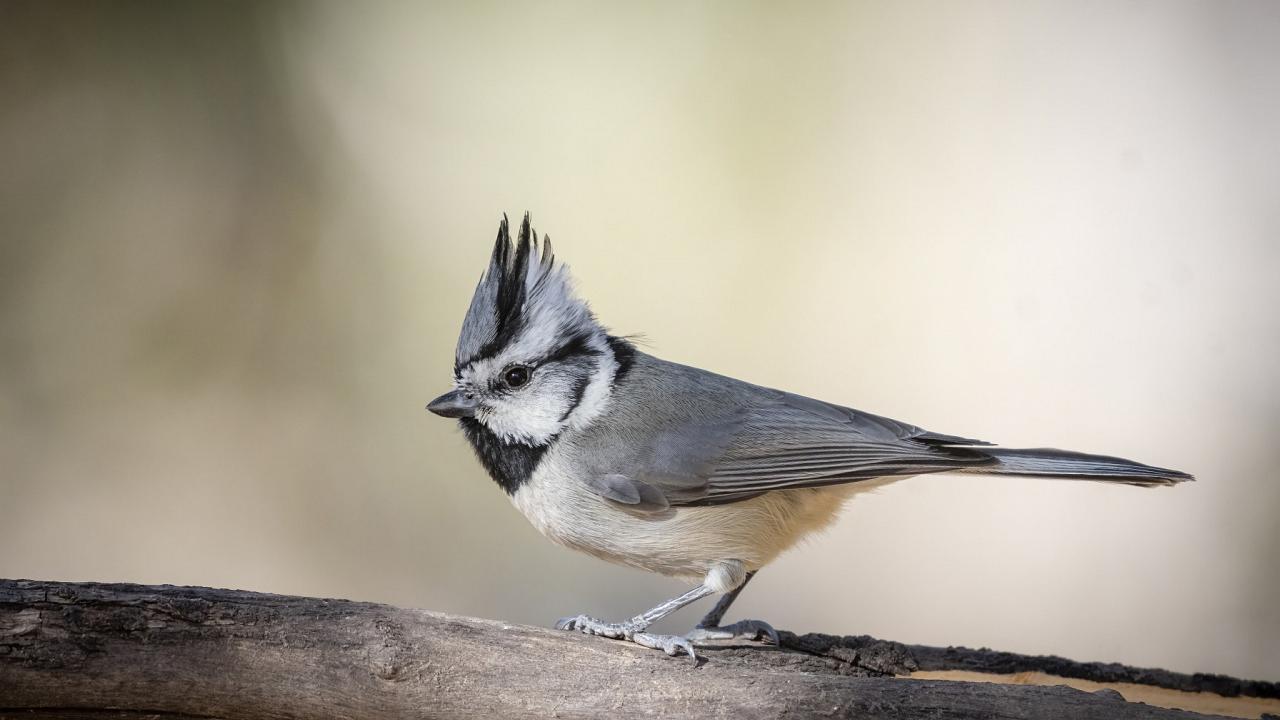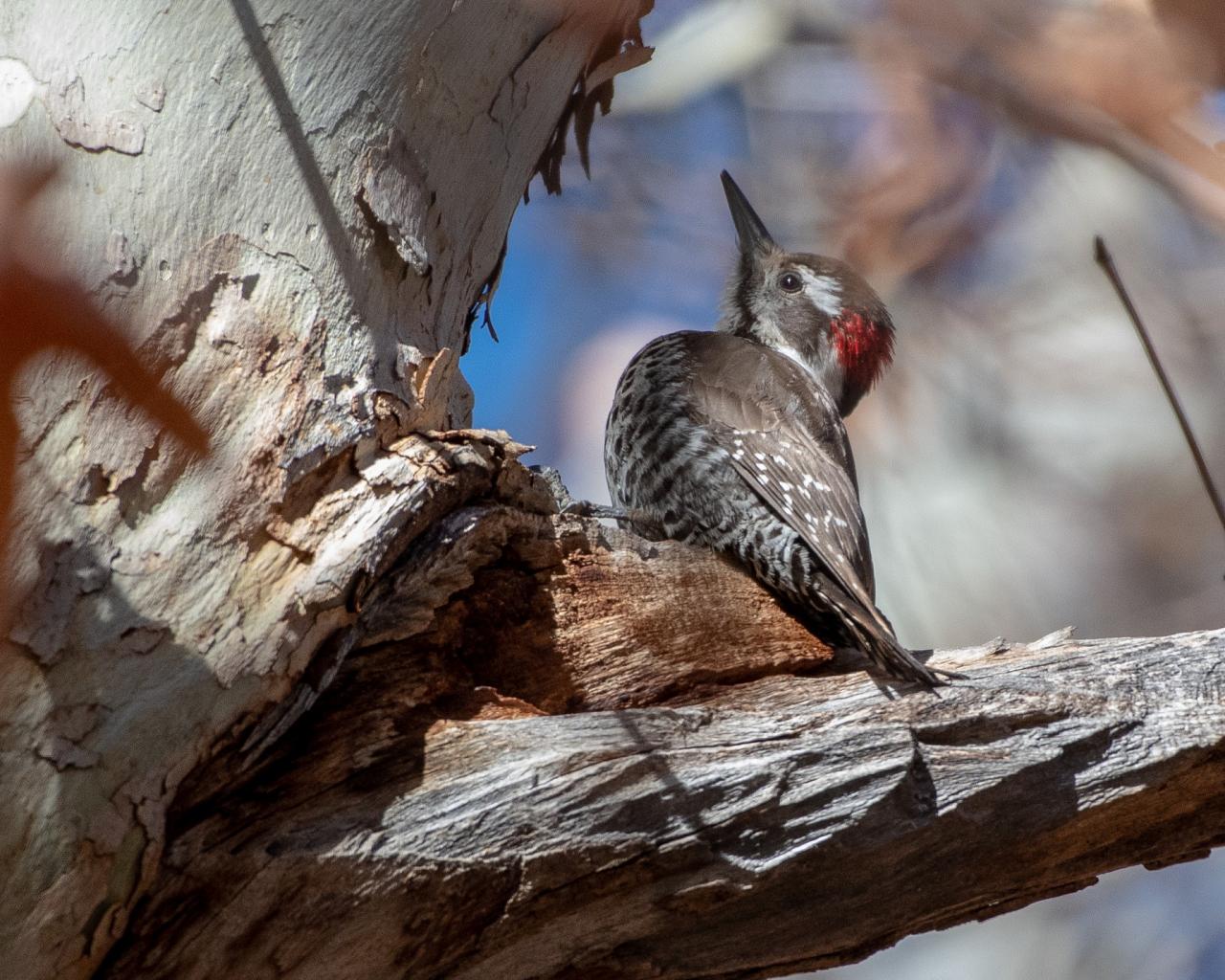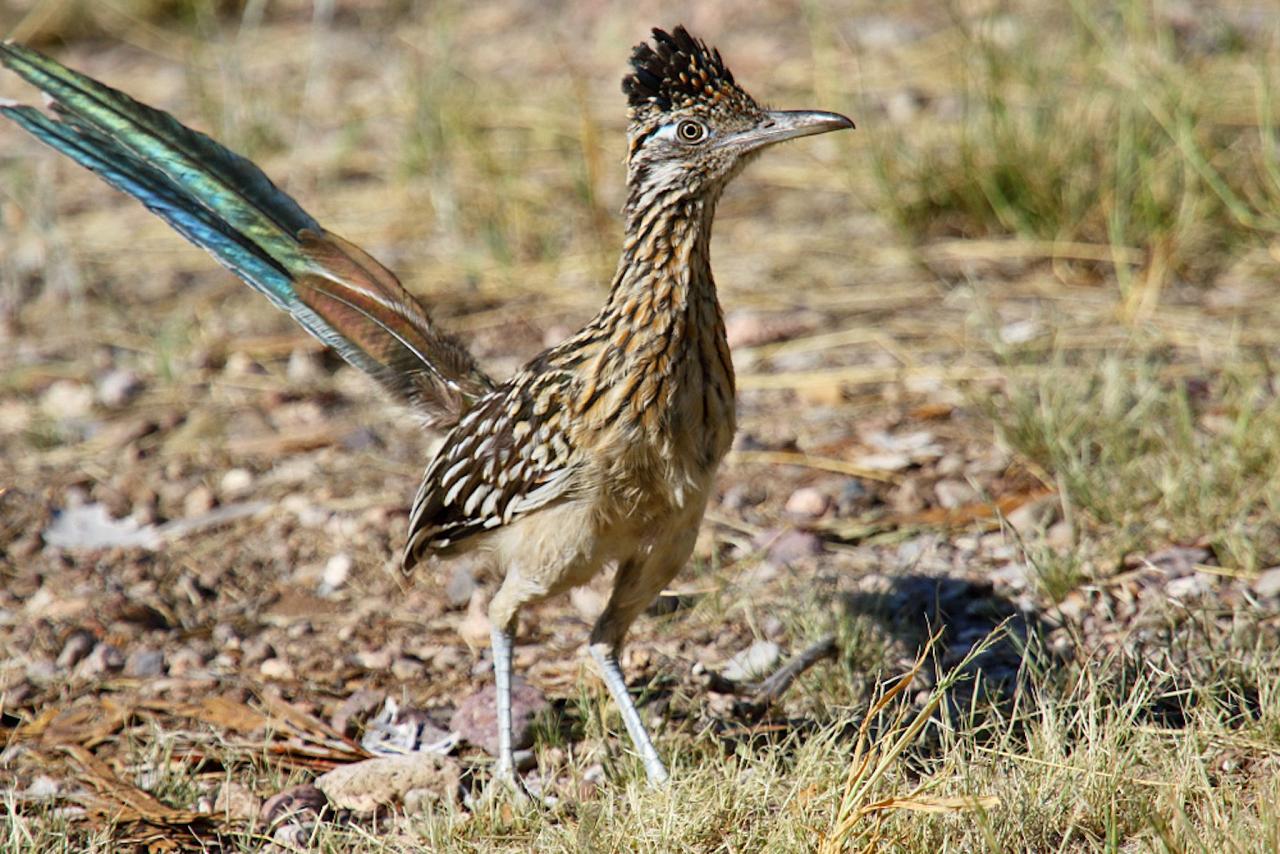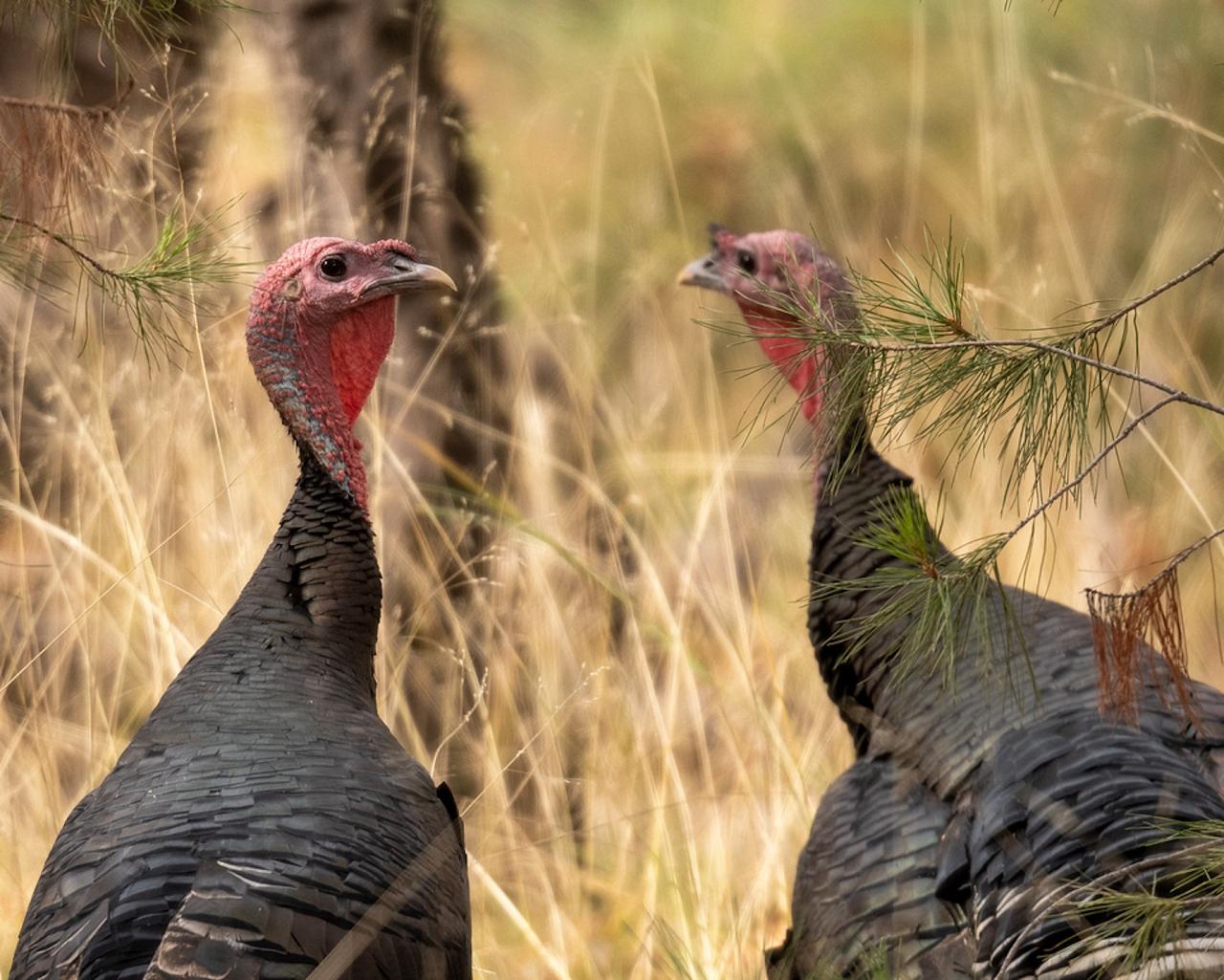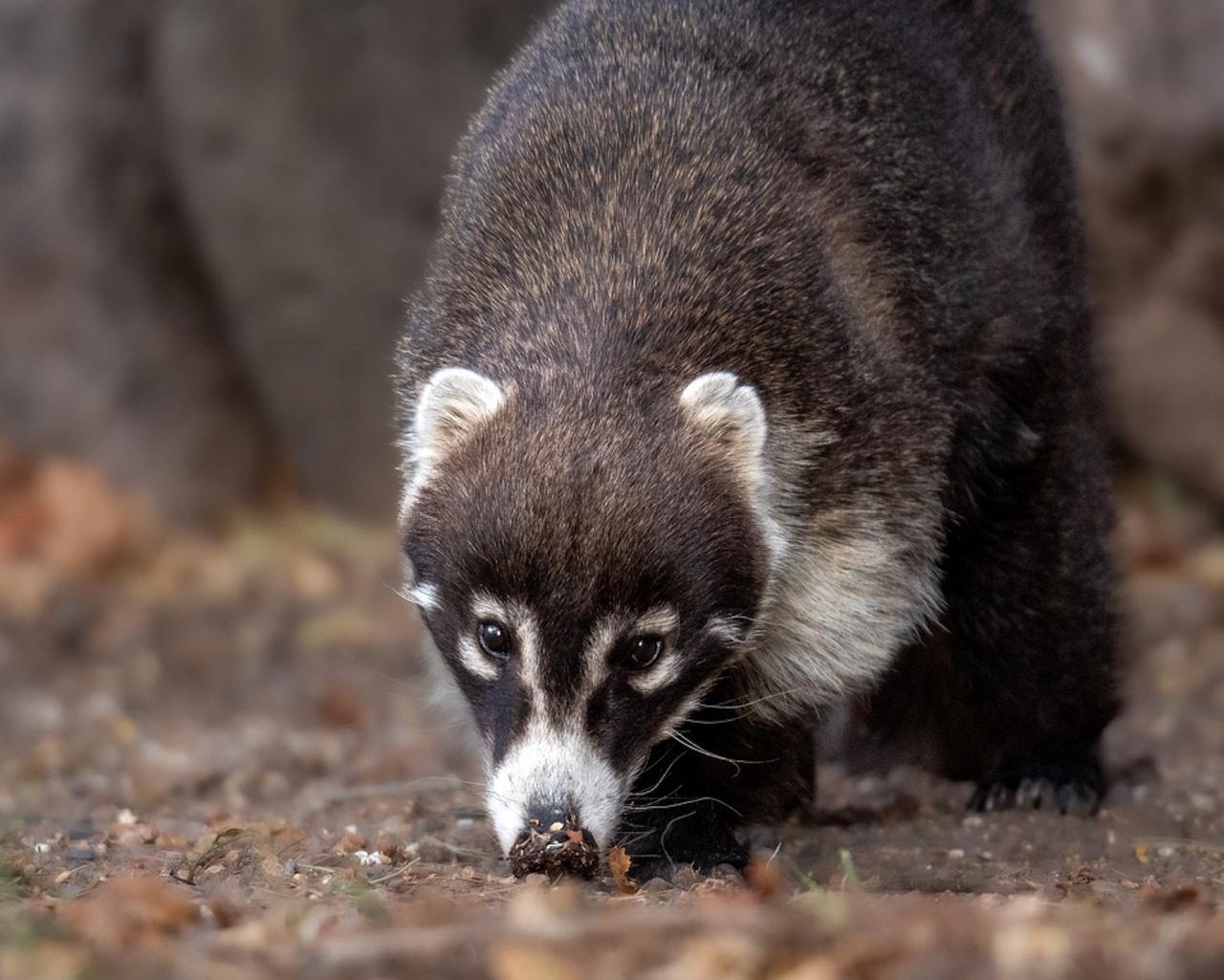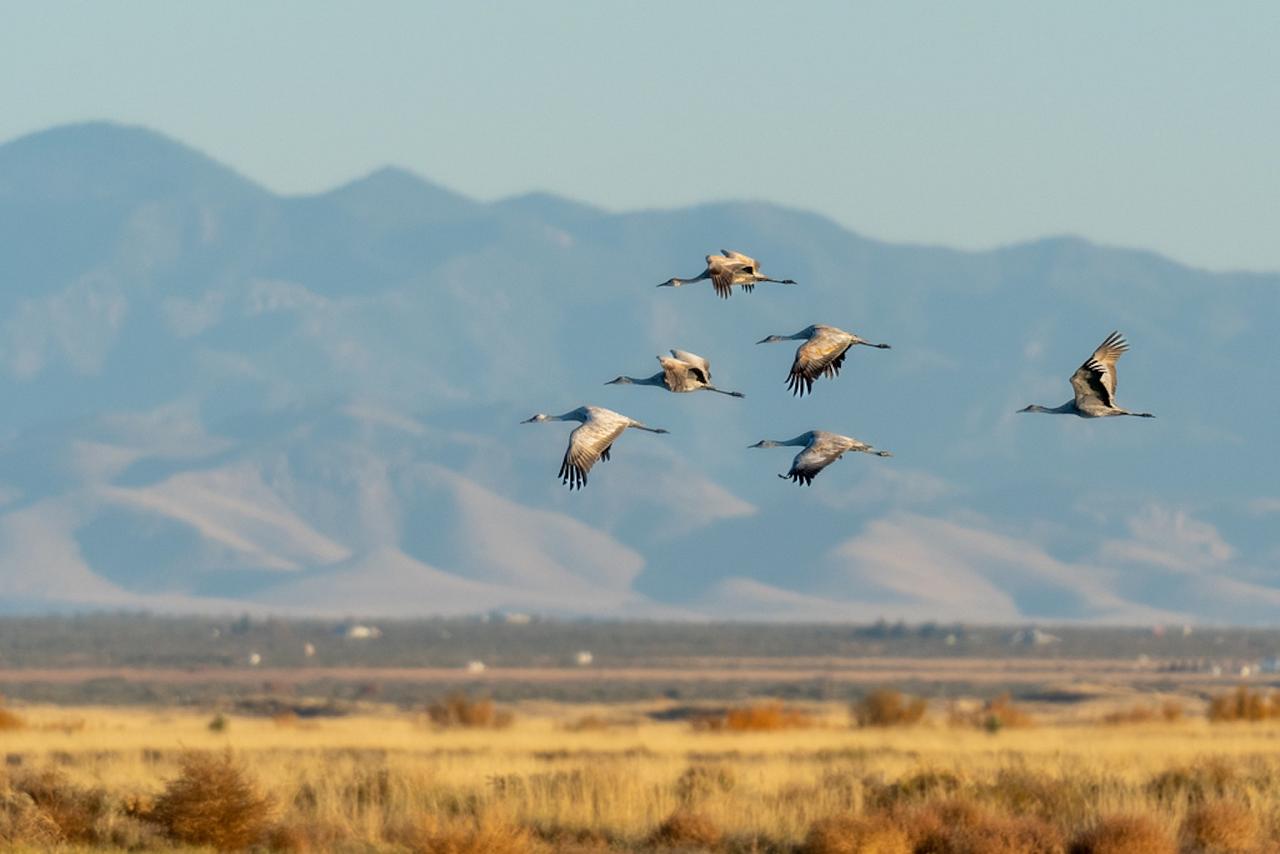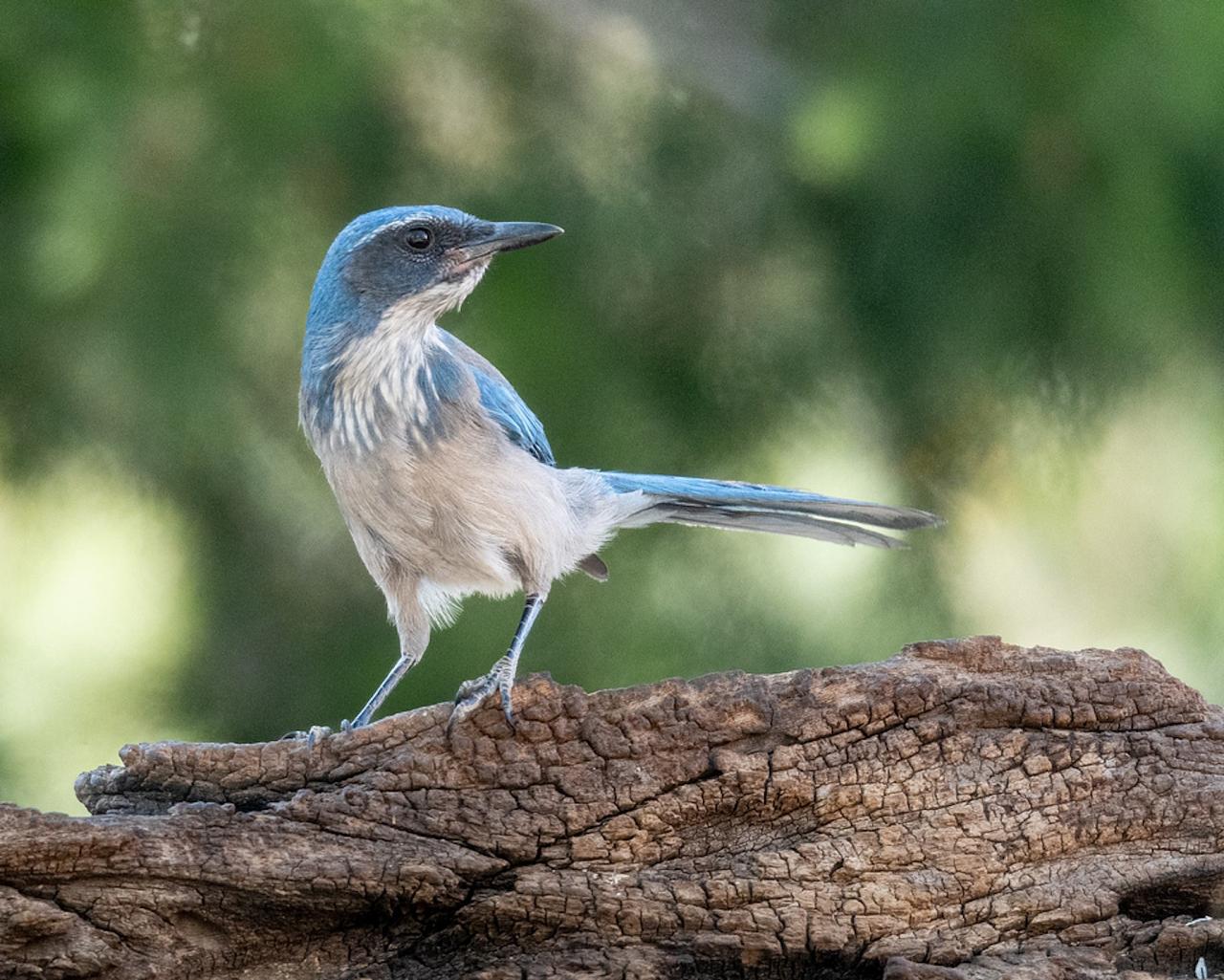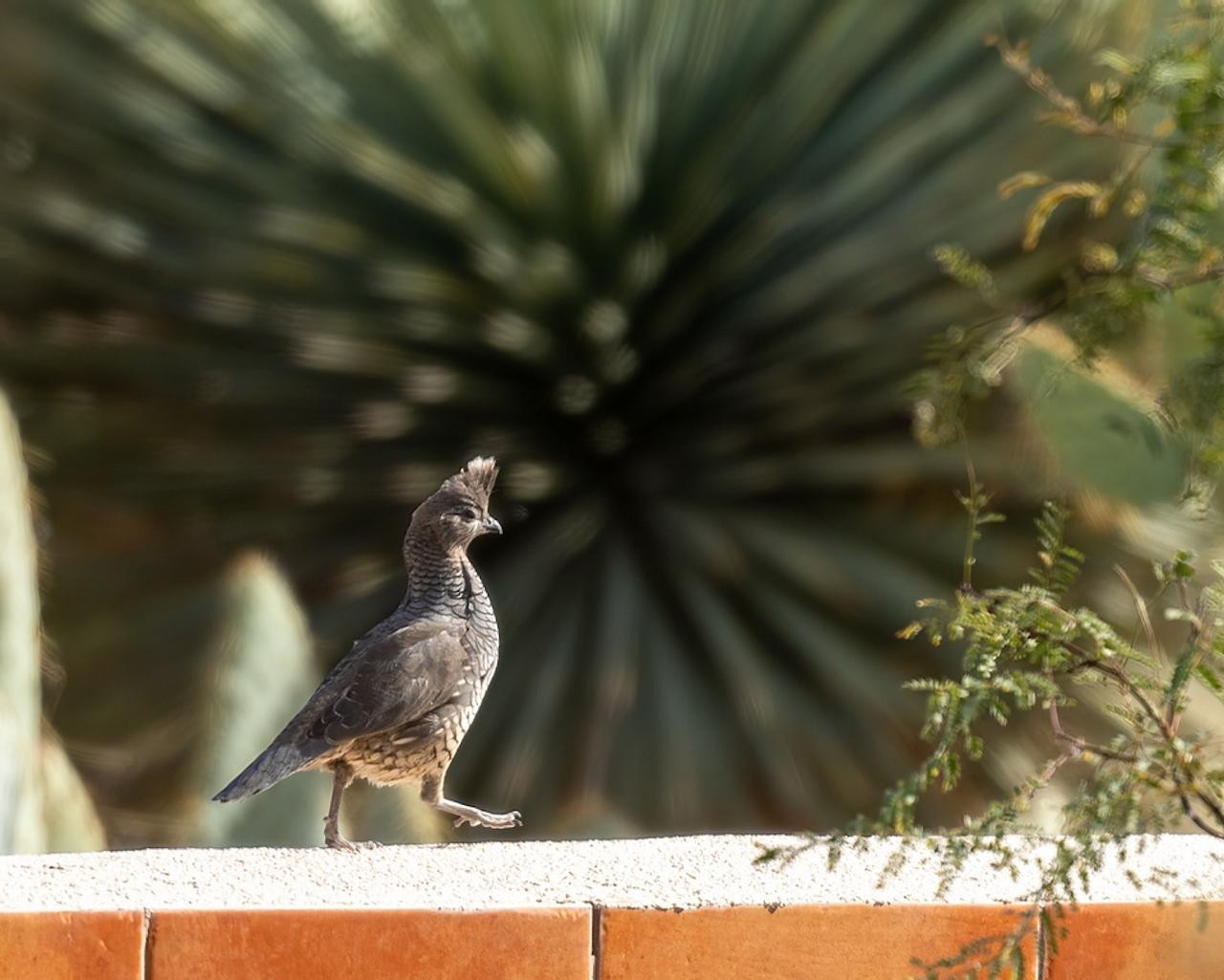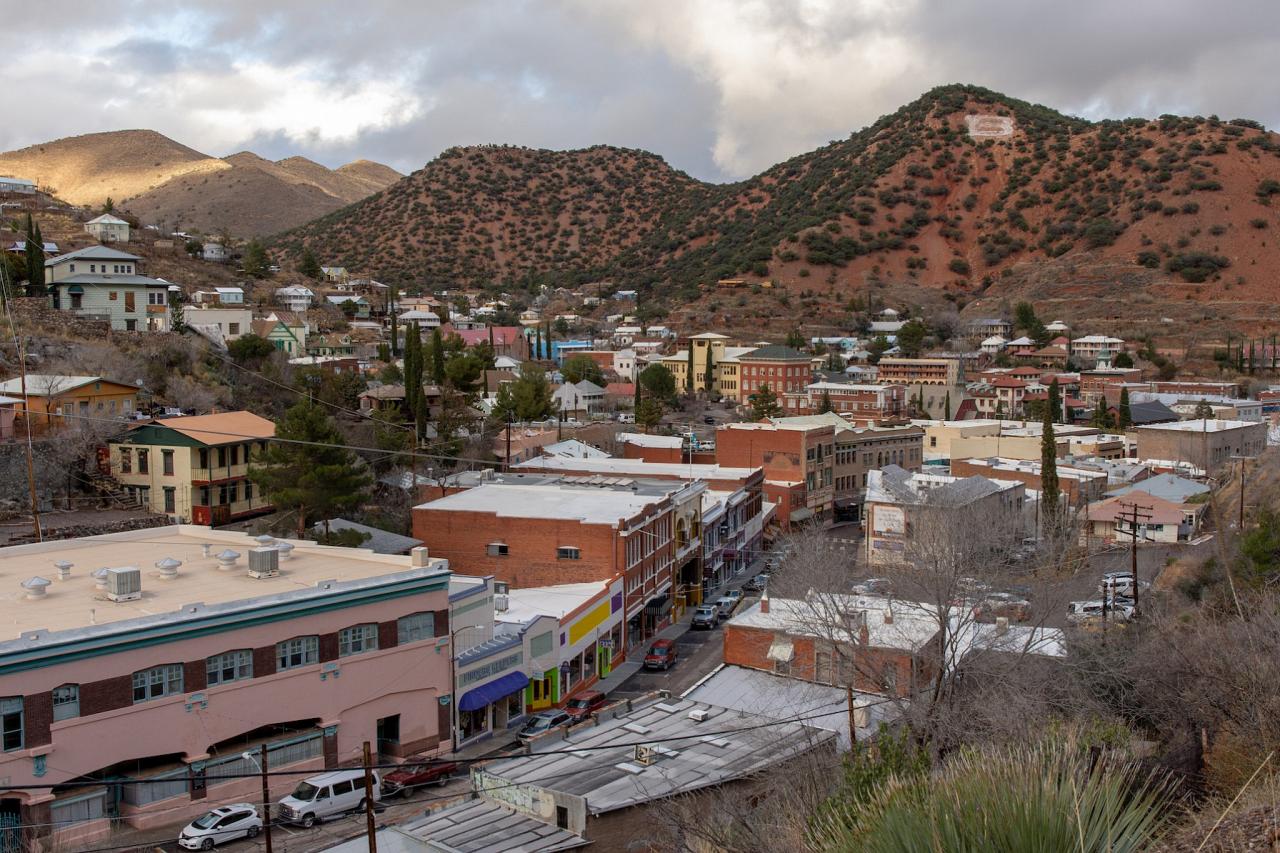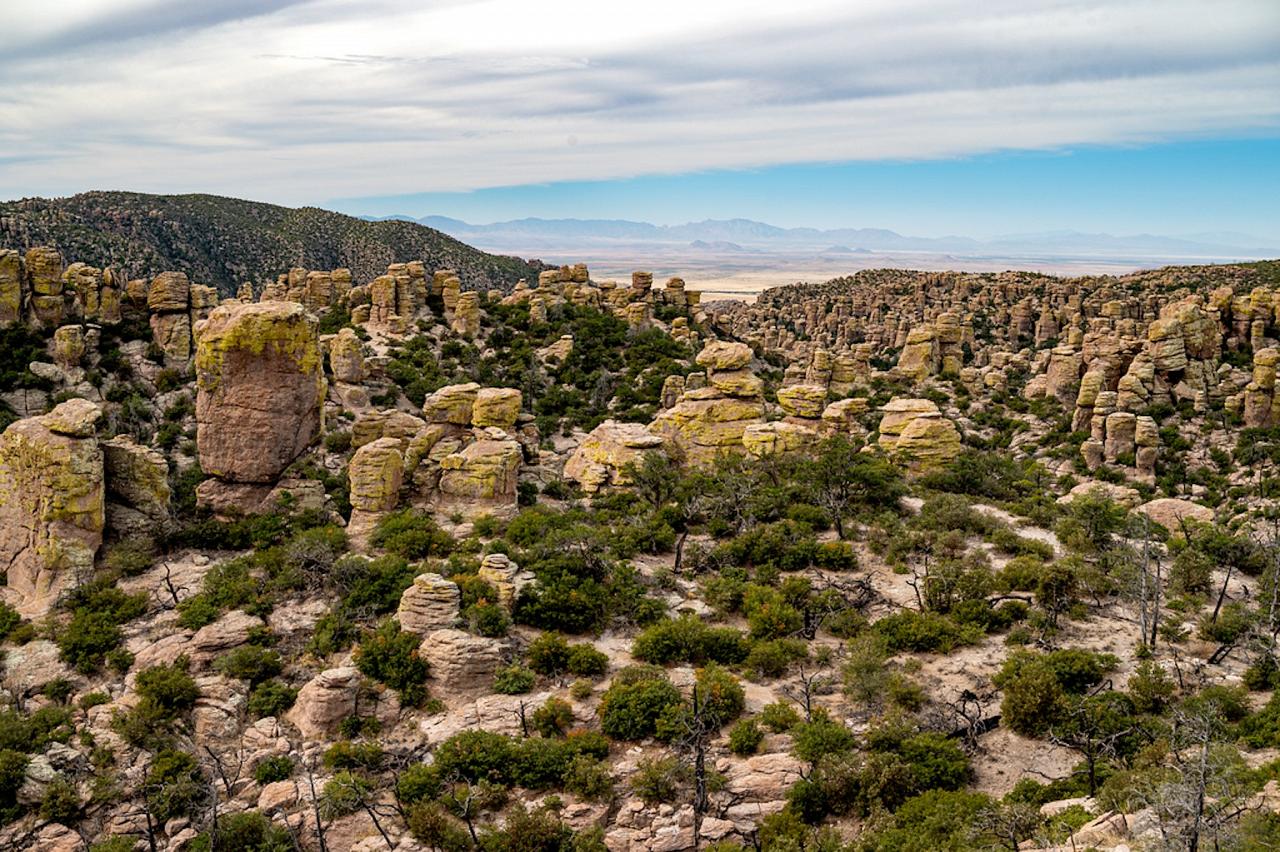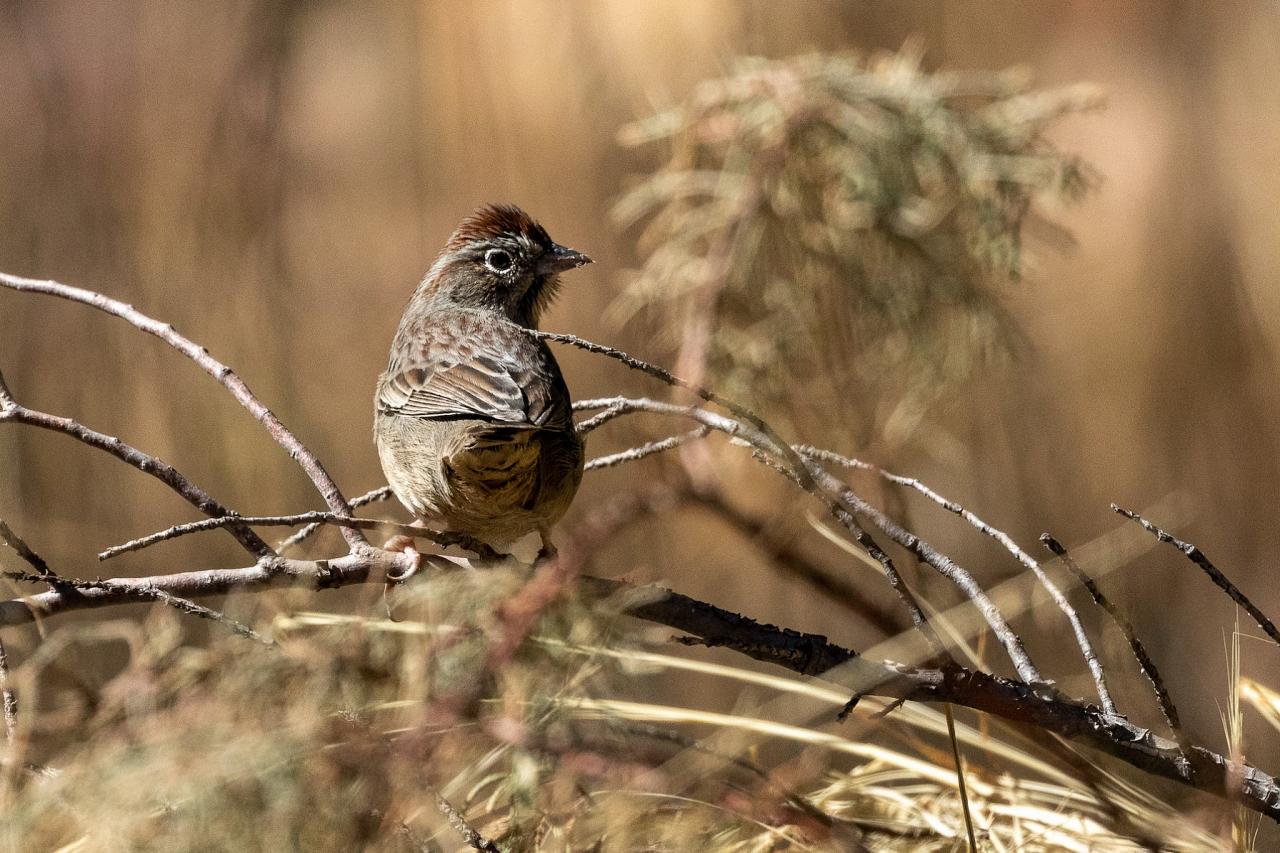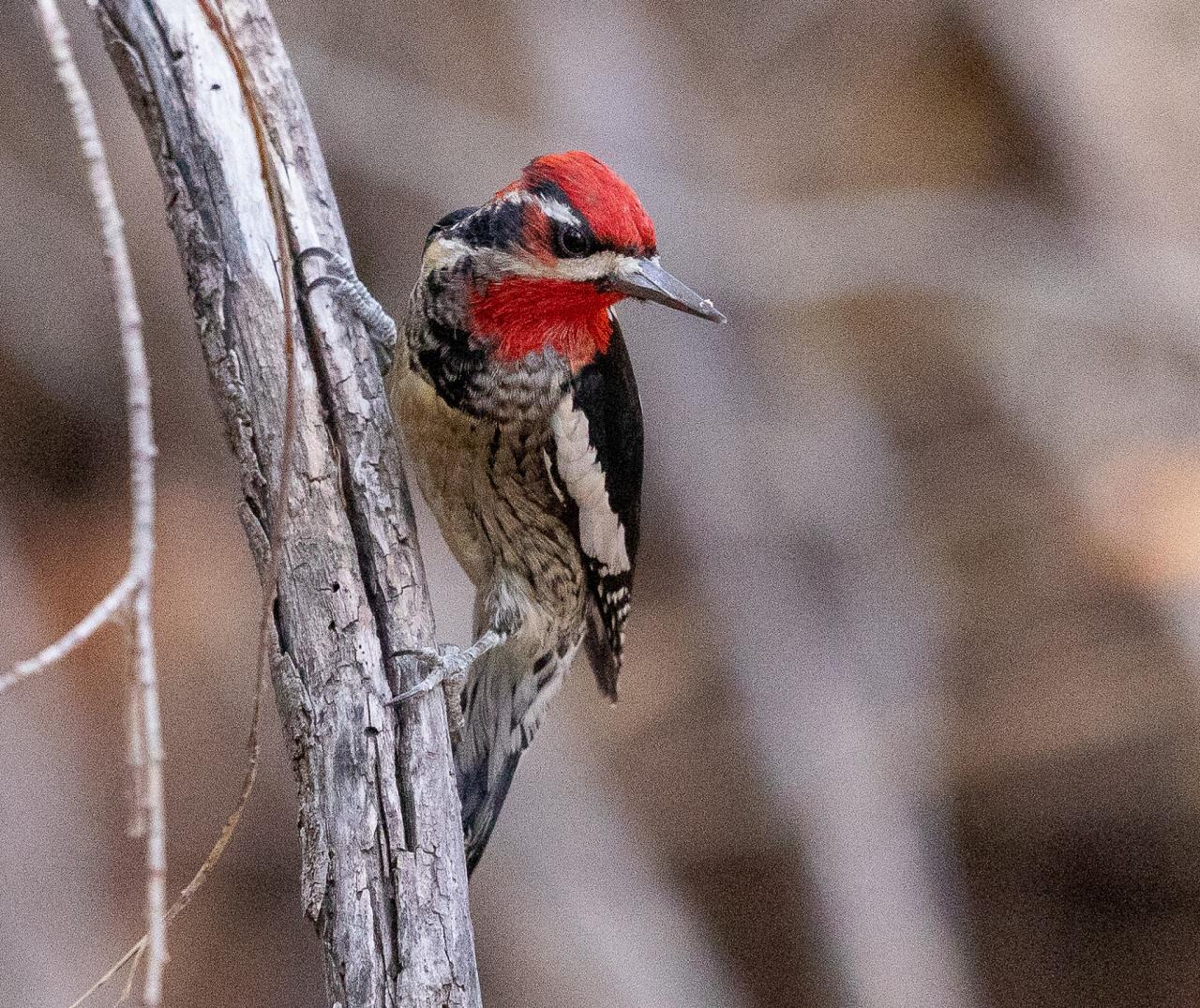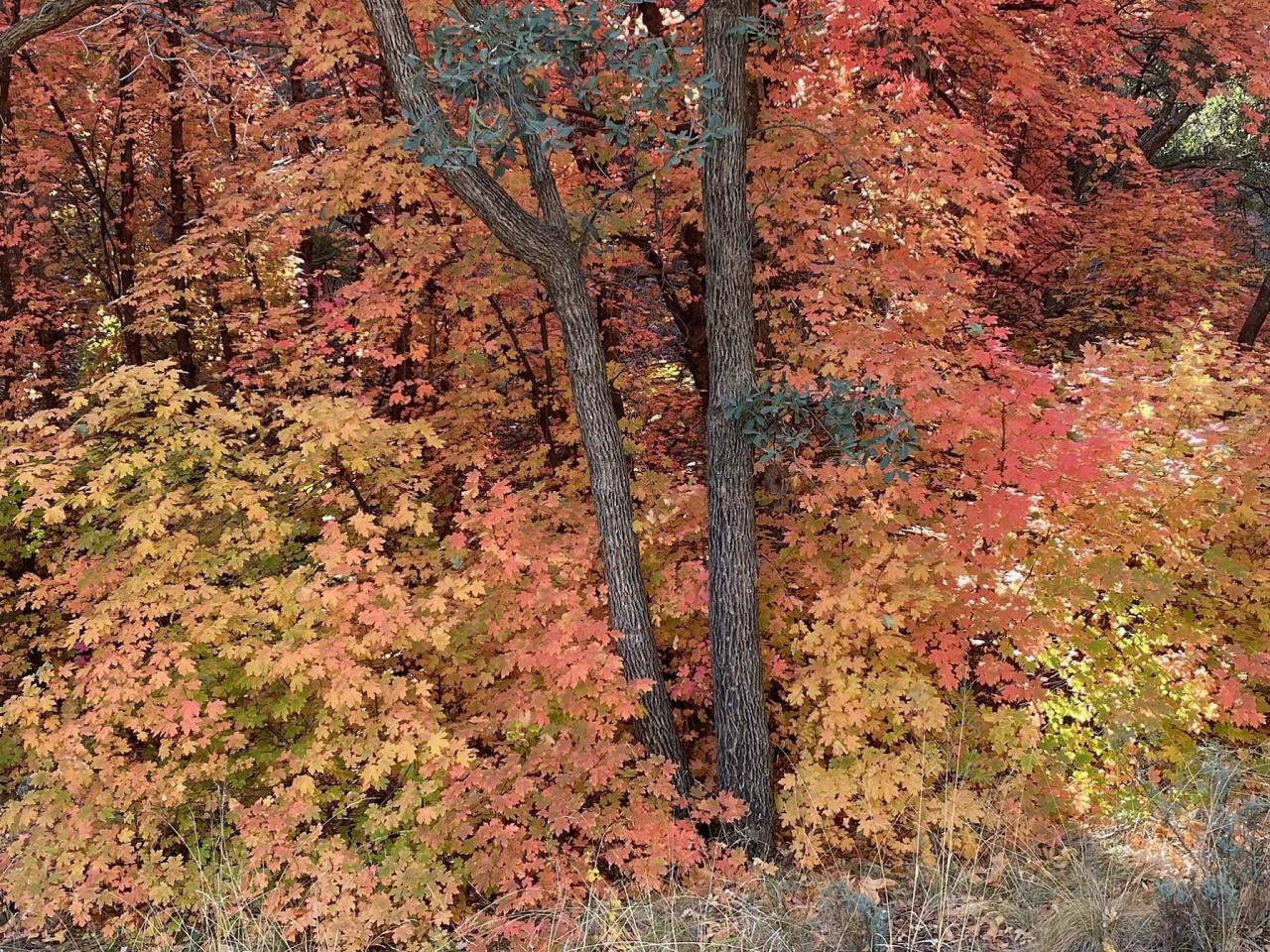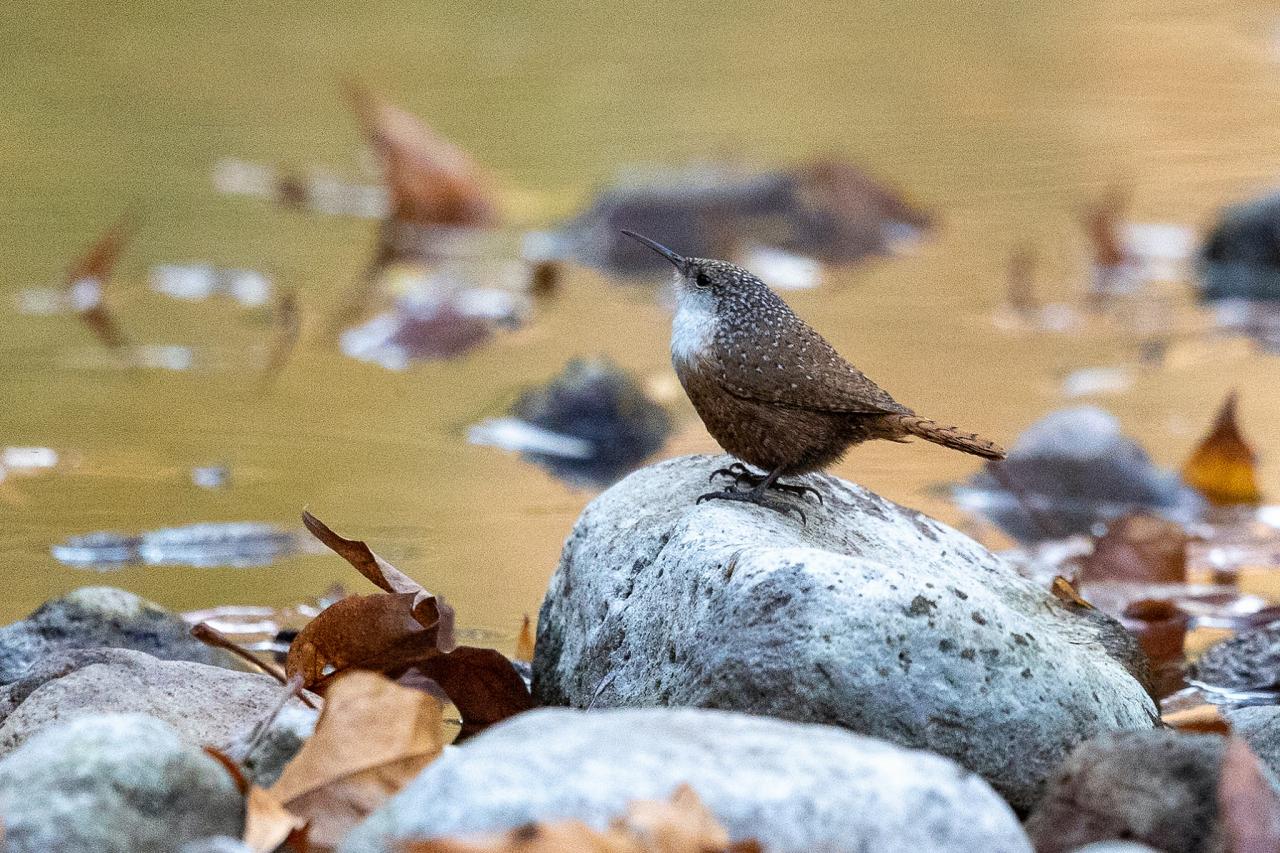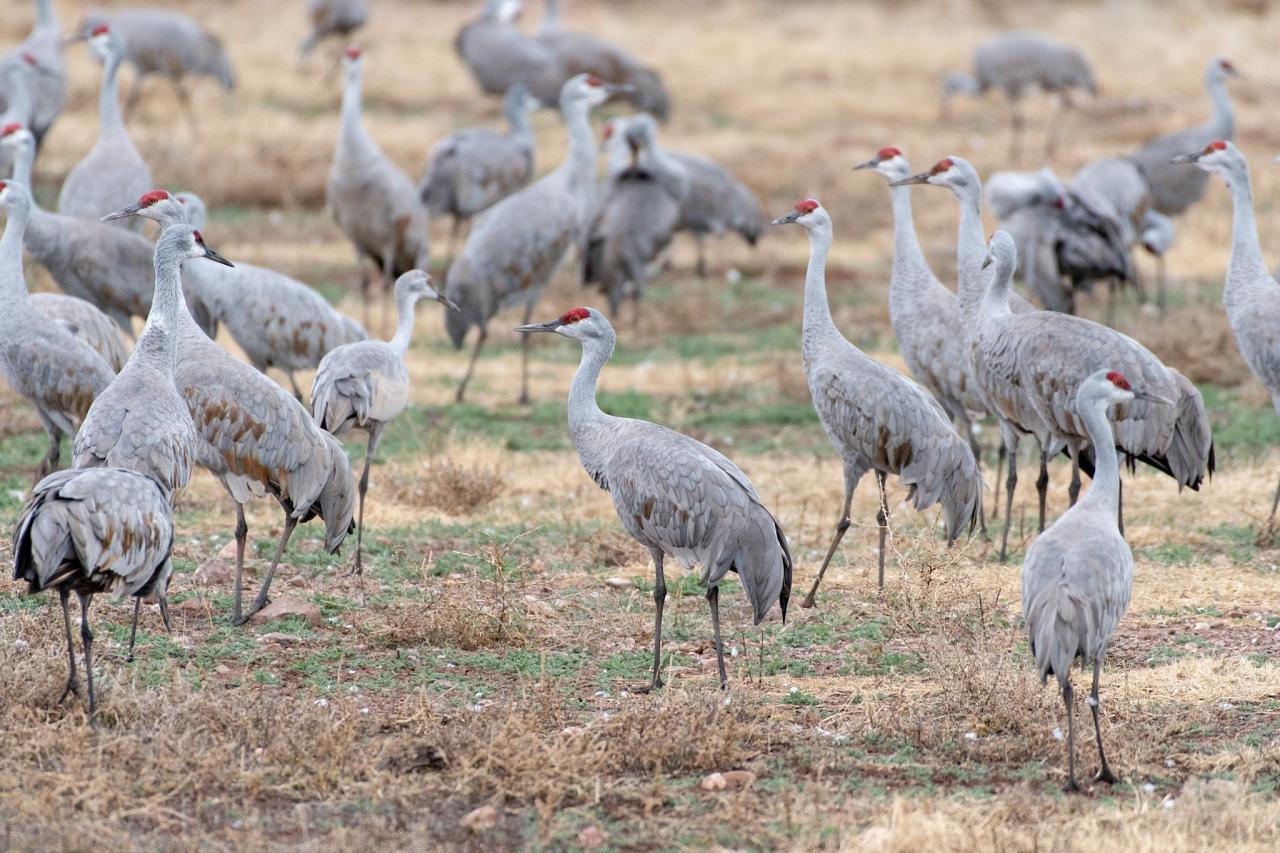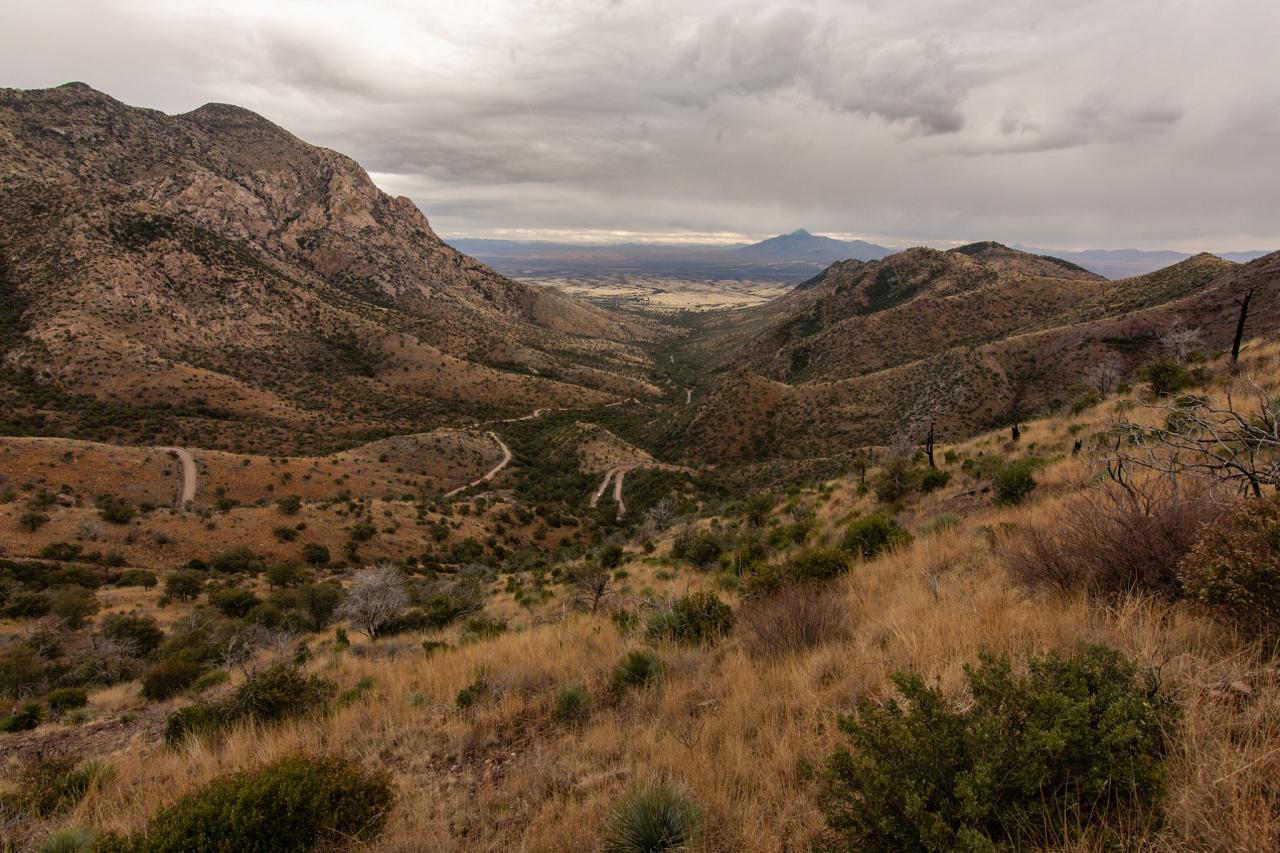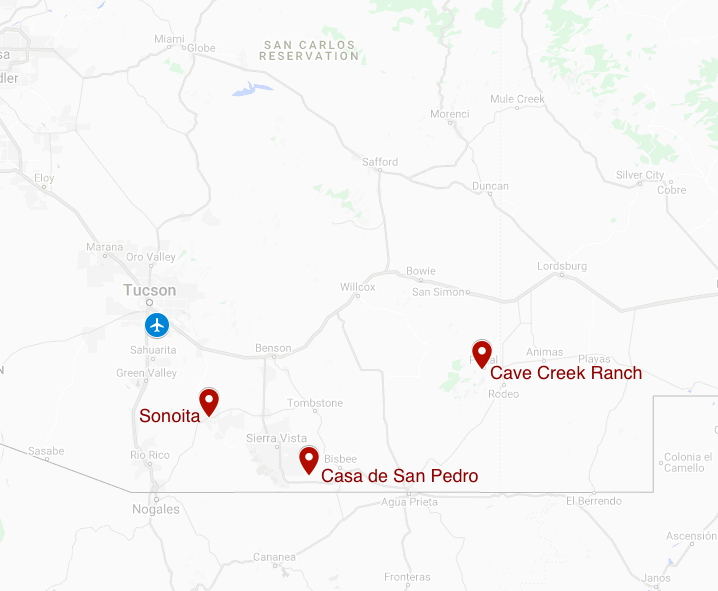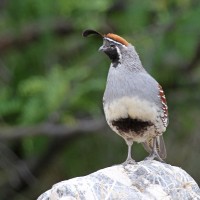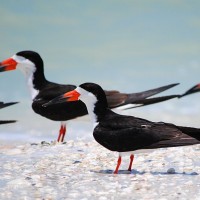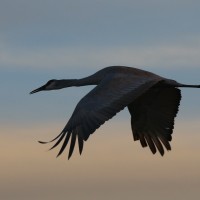- Overview
- Full Itinerary
- Photo Gallery
- Costing
- Travel Details
- Trip Reports
- Guides
- Map
- Know Before You Go
- Other Trips You May Like
Join Naturalist Journeys for this exciting Southeast Arizona birding tour. Fall is a stunning time to visit Southeast Arizona’s Sky Island mountain ranges, when fall color decorates the stunning Chiricahua and Huachuca Mountains’ canyons. As other parts of the continent turn towards winter, November here boasts perfect warm days as maples turn red, cottonwoods an ash yellow, and sycamores shine burnt sienna. Nights are crisp and boast dark skies with inspiring star views. This tour includes time at two premier birding lodges.
Southeast Arizona is home terrain for Naturalist Journeys and we're so excited to share our favorite places. On this year's fall Southeast Arizona nature tour we’ve invited Hugh Simmons, an accomplished photographer specializing in landscapes, to join us. We plan to set the pace of this one to let you work on photo composition, or simply to marvel at beauty. Hugh provides photo tips for those that want to improve their skills; you can then practice on fall color landscapes and especially at feeders—brilliant birds. We begin at a fun western-themed hotel in Sonoita to have a chance to explore some beautiful grasslands at sunset, and to visit the famous hummingbird feeders at Patagonia. We follow with two nights at the delightful Casa de San Pedro and end with four nights in Cave Creek Canyon at Portal, truly one of the most scenic canyons in the state. This is home turf for guide Peg Abbott and she’s eager to share her beloved terrain. Throughout our travels, we enjoy delicious, catered meals and dining at our favorite local restaurants.
This is not “normal” winter birding. Hummingbirds still linger here at several popular feeder sites—sit awhile and let the birds come to you! Fruiting trees and shrubs attract thrashers, robins and sometimes, rarities, like the Eared Quetzal in the fall of 2020.
Wintering Sandhill Cranes number in the tens of thousands; we watch them fly in at sunset to Whitewater Draw. Sparrows and allies winter in profusion, many from the Great Plains region. Southwestern mammals such as Coati, Javelina, and even Ring-tailed Cat can be found. Raptors abound: Red-tailed Hawk of varied color phases, Ferruginous Hawk, Prairie Falcon, Peregrine, Merlin, and more.
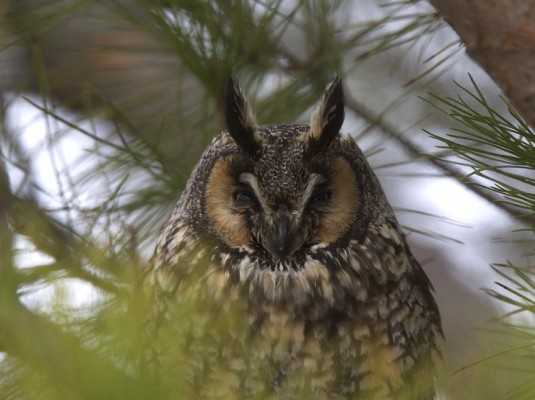
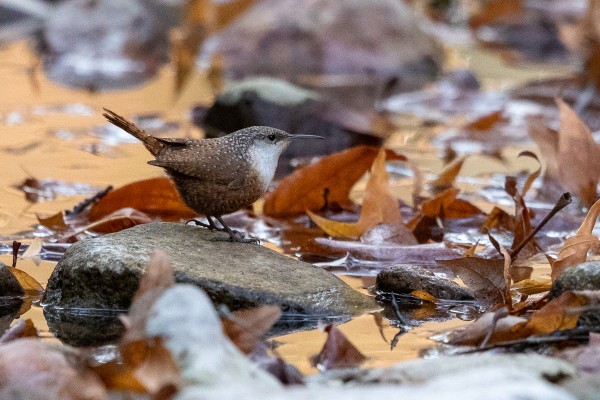
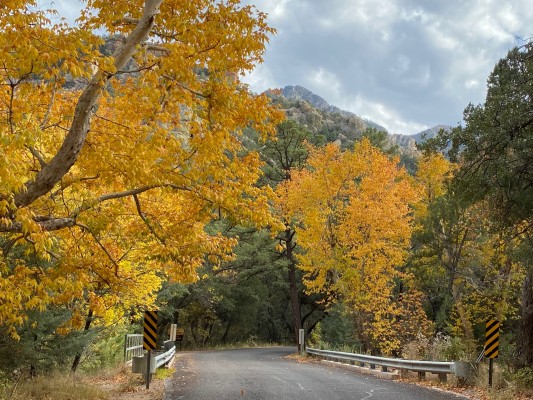
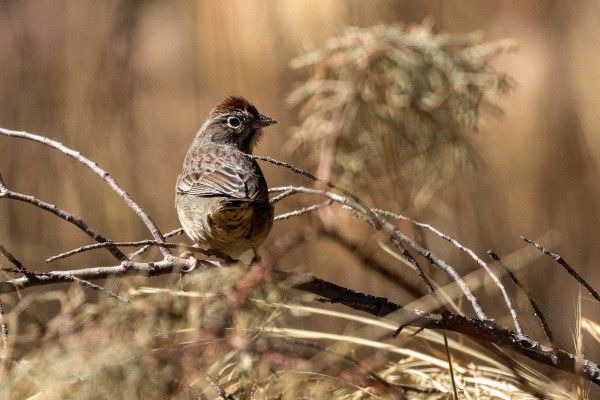
- “A scenic and birdy venture to southern Arizona. The sky island terrain is unique and it's a great time of year for the trip.” — Paul Pilch, 2023 Traveler
- “An excellent trip! Great pace with options for hikes along with ample birding in a wide variety of environments. Food and lodging were great along with the trip leaders.” — Sandra Kemper, 2023 Traveler
- “I have done nine Naturalist Journey's trips and this is one of my favorites. I loved the landscape and birds. It was a great group and the places we stayed facilitated the group with catered meals and gathering space rather than all restaurants.” — 2023 Traveler
- “This was such a great trip. I had no idea what to expect in SE Arizona and it was marvelous. This is a good time of year to visit because the weather and trees were perfect.” — 2023 Traveler
Tour Highlights
- Visit two famous birding lodges of Southeast Arizona
- Find grand fall birding at hotspots like the Paton Center for Hummingbirds, Ramsey and Ash Canyons, local feeders along the San Pedro River, and more
- Marvel at the spectacle of tens of thousands of overwintering Sandhill Cranes! Watch them fly-in to roost at sunset and also observe them feeding during the day
- Experience prime time for wintering raptors in the Sulphur Springs Valley
- Let an expert teach you ID skills for abounding sparrows; last year a small pond had three species of longspurs!
- Spend time in the tiny village of Portal, a birding mecca and home to Naturalist Journeys
- Immerse yourself in fall color and improve your photo skills at Cave Creek Canyon
- Find winter hummingbirds, Vermilion Flycatcher and several species of quail
- Explore Bisbee, a colorful, historic mining town; enjoy lunch and the chance to shop or check out the Smithsonian-affiliated museum
- Find camaraderie at catered meals and dining at our favorite local restaurants (be sure to save room for homemade pie at the Casa)
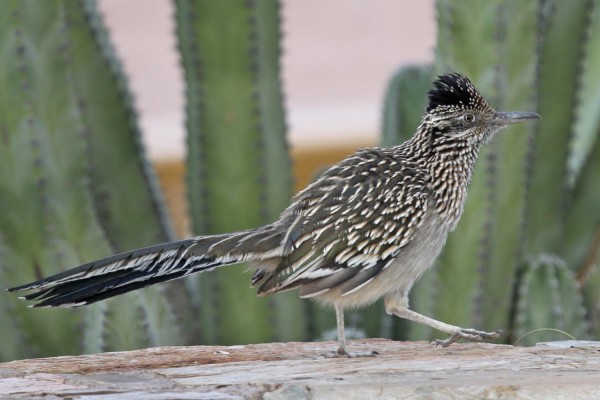
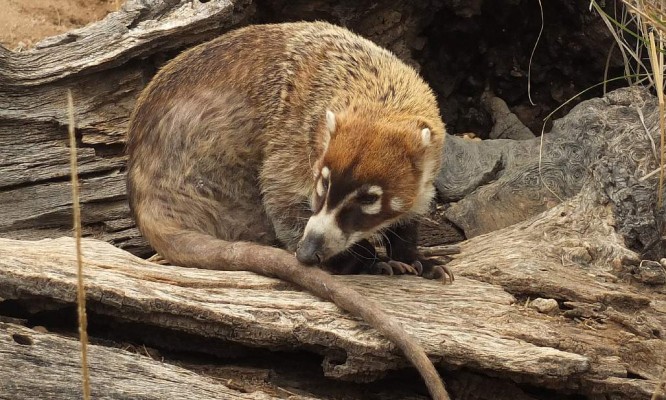
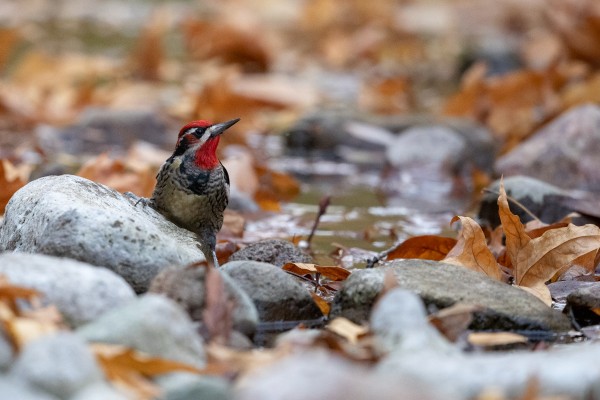
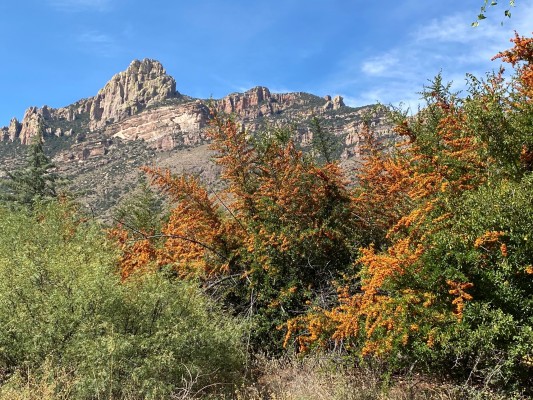
Trip Itinerary
Itineraries are guidelines; variations in itinerary may occur to account for weather, road conditions, closures, etc. and to maximize your experience.
Sun., Nov. 3 Arrivals in Tucson | Ash Canyon
Welcome to Arizona! As you land in Tucson, we can pick you up at the airport or a nearby airport hotel. We then head east, leaving the city behind. Shapes of multiple sky islands immediately appear—we are surrounded by a series of small, but fascinating mountain ranges. We arrive in time for a wonderful afternoon at the world class Ash Canyon Bird Sanctuary.
In the evening, we check into our lodgings at the Casa de San Pedro—a beautiful B&B on the west bank of the San Pedro River. The Casa de San Pedro is a nationally acclaimed inn, described as “90 miles from Tucson and inches from heaven.” Guests have labeled it the most upscale bed and breakfast in Southeast Arizona. We find it to be the ideal location for our group—with meeting space, incredible hospitality, active bird feeders, a pond, and the San Pedro River right outside our door. From the Casa we can explore cottonwoods that fringe the river, perhaps flaunting a little fall color, as well as surrounding grasslands and tall peaks of the nearby Huachuca Mountains, a mecca for hummingbird enthusiasts. You quickly find out why so many guests return here again and again.
Those who wish can stay at this little paradise and relax, or visit local feeder sites, where hummingbirds linger through the winter. Often, we find Arizona Woodpecker, Woodhouse’s Scrub Jay, possibly Wild Turkey, and a host of resident species. If booked early, there may be a chance for you to spend time in a photo blind at one of the feeder sites—ask us for details and a booking (additional cost). Dinner tonight is catered at the Inn
Accommodations at Casa de San Pedro (B,L,D)
Mon., Nov. 4 Ramsey Canyon | Elgin Grasslands
The morning starts off with a wonderful Casa de San Pedro breakfast. After that, we head to The Nature Conservancy Preserve at Ramsey Canyon—one of the first well-known birding sites in Southeast Arizona. Here, Ramsey Creek descends through oak woodlands—its banks lined with massive, sculptured trunks of Arizona Sycamores. We hope to see Wild Turkey, some wintering warblers such as Townsend’s and Painted Redstart, and perhaps Red-naped Sapsucker and Hutton’s Vireo. Hummingbird feeders may delight us with a sighting of Blue-throated Mountain-gem, the largest hummingbird species in the United States. Walk the trails, browse the bookstore and gift shop, or park yourself under a tall, bending sycamore to wait for the birds to come to you!
After lunch, we head out to the Southern Arizona Grasslands in search of sparrows and other grassland species. We also keep our eyes peeled for a herd of Pronghorn. This is a stunning setting in the afternoon light, with Northern Harriers gliding across the landscape and the occasional Short-eared Owl making an appearance. We're also be treated to views of one of the tallest mountains in Southern Arizona: Mt. Wrightson at 9,456 ft.
Accommodations at the Casa de San Pedro (B,L,D)
Tues., Nov. 5 Whitewater Draw | Sulphur Springs Valley & Sandhill Cranes | Bisbee
This morning, after a scrumptious Casa de San Pedro breakfast, those who enjoy birding can head out to Whitewater Draw Wildlife Area. Many of the wintering Sandhill Cranes have arrived (numbering some 35,000 birds in the Sulphur Springs Valley at the peak of winter!), and we look for them in ponds and in farm fields where they feed on corn. Depending on water levels, Whitewater Draw may be one of the only local sites hosting shorebirds, and with luck we may see the area’s resident Great Horned Owl. The entire valley is a major wintering ground for raptors and some of the northern species, like Ferruginous Hawk, can be found here.
Mid-day, those who wish can take a break and explore Bisbee. Our keen photographers may prefer to stay at Whitewater Draw, where photo subjects are plentiful. We will have done some scouting for local raptors, and by 2:00 PM we meet back up to angle our way up to Willcox and the Twin Lakes ponds where ducks and cranes are plentiful.
We plan to watch the Sandhill Cranes come in to roost; this “fly-in” is typically active from about 4:00 to 5:30 PM. We then return to the Inn for another catered meal.
Accommodations at the Casa de San Pedro, (B,L,D)
Wed., Nov. 6 Chiricahua National Monument | Cave Creek Canyon
Today we discover a wonderland of rock at Chiricahua National Monument, on our way to Portal. We start the day with a southwestern breakfast before heading to Chiricahua National Monument. After making our way across the valley, we enter the Monument's rugged terrain, where the Apache leaders, Cochise and Geronimo, took their last stand until the late 1800s, when cattle ranching became a way of life. Today we also gawk at huge pillars of rock in the realm of Rock and Canyon Wrens, a jagged rock landscape that was born of explosive volcanic activity. We have a picnic lunch near the visitor center, and then you can choose to do a loop walk through the wonderland of rock or visit the historic Faraway Ranch and do some birding.
After our time in the monument, we reach the high country on our way to Portal by crossing the spine of the range on a winding road with spectacular views amid patches of fir, spruce, and Ponderosa Pine. This is the realm of the Mexican Chickadee, Yellow-eyed Junco, and other bird specialties. Listen for raucous Steller’s Jay, and look for the small resident Coue’s Whitetail Deer. A stop at Pinery Campground along the route can also be a productive break.
In the late afternoon, we arrive in the small village of Portal (population: 300), where Cave Creek Canyon presents a magical realm of massive, colorful cliffs that rise over 1,000 feet. Its vegetation is rich and diverse—here yuccas mix with pine. Thick stands of maple decorate the stream, while shrubs turn colors of the rainbow. Hummingbirds linger, some for the winter, and we may find late-season flowers, raccoon-like Coatimundi, or even a herd of curious Javelina.
Accommodations at Cave Creek Ranch, Portal (B,L,D)
Thurs., Nov. 7 Fall Colors of the Canyon | Chiricahua High Country | Paradise
Early this morning, we offer an optional birding walk down the main street of Portal—a simple walk with stunning vistas, bird feeding stations, and a picturesque library and post office. Then, enjoy a hearty breakfast at the Portal Café.
Mid-morning, we take a scenic ramble up South Fork, one of the Chiricahuas' most spectacular canyons. You may want to linger along the creek reveling in the maples' fall colors while others may want to ascend the trail to reach outstanding vistas. There are pools of water that make great hideaways for photographers; a couple of hours spent at one of these pools should net images of Canyon Wren, Spotted Towhee, Red-naped Sapsucker, and more.
After a morning in the lower canyon, we make our way back to Cave Creek for a nice catered lunch. Then we head out for a loop drive, on the prowl for Mexican Chickadee, Apache Fox Squirrel, and other species. We visit the smaller village of Paradise, once a thriving mining community, to learn a bit of history and visit the feeders of a local hummingbird expert who has participated in banding and monitoring projects for many years. She often has Juniper Titmouse and several hummingbirds coming in to the feeders, even at this late date in the year.
There are wonderful feeders right at our lodge, too, with natural perches to delight photographers and observers alike. Blue-throated Mountain-gem often overwinter here; it’s fun to watch them chase off Pine Siskin—a mix of northern and southern species for sure. Watch the late-day feeding frenzy at our lodge’s feeders as you return, freshen up, and then enjoy a catered meal at the ranch.
Accommodations at Cave Creek Ranch, Portal (B,L,D)
Fri., Nov. 8 Grasslands & Local Feeders | Chiricahua Desert Museum
This morning we explore the lower elevations near Rodeo, New Mexico, a wetland oasis and a grassland area that is usually very productive. Following local sightings from previous weeks, we plan our route. A dedicated following of local birders is always on the lookout for rare Crested Caracara, and a variety of sparrows and longspurs, as well as Horned Lark and up to three species of thrashers. This is a region of open vistas, fabulous for landscape photography.
Enjoy lunch in the Sky Island Grocery and Grill, with a fine view of the mountains, and Greater Roadrunner and Lark Bunting coming in to the feeders. A local rancher invites us to his home to see birds at the feeders and, with luck, to hear some of his stories.
Finally, we enjoy time at the Chiricahua Desert Museum, where live animals in natural habitats are displayed and make for some wonderful photo subjects. And, for the history buffs in our group, there is a fantastic exhibit on Geronimo and the Chiricahua Apache. We end the evening with some additional hiking options for those still wanting to get out and moving, or a nice relaxing early evening with more time at the fantastic Cave Creek feeders before a catered dinner at Cave Creek.
Accommodations at Cave Creek Ranch, Portal (B,L,D)
Sat., Nov. 9 Willcox | Saguaro National Park | Tucson
After breakfast at the Portal Café, we get on the road back to Tucson. Along the way, we stop off at a fantastic shorebird and migrant trap in Willcox. Cochise Lake in Willcox also gives us a little more time with the always charismatic Sandhill Cranes while we search for exciting shorebird species; we also have a chance to fill in a few missing waterfowl for our list. After lunch in Willcox, we make the final push back to Tucson.
On the way back to Tucson, we have time to do a scenic loop through Saguaro National Park East. This 8-mile loop offers up great chances for a few more desert species such as Rufous-winged Sparrow and Gilded Flicker. It's also our only opportunity on this trip to be immersed in a true Saguaro Forest. It's an amazing setting to cap off a wonderful trip into Southeast Arizona.
Tonight, enjoy a catered dinner with time to celebrate highlights of the great week we’ve had.
Accommodations at Lodge on the Desert (B,L,D)
Sun., Nov. 10 Departures from Tucson | Connect to our Arizona Sunshine & Saguaros Tour
Not ready to go? Join our guides who meet the group heading out after a rest day on our Sunshine and Saguaros tour for a lovely trip through the very unique desert southwest.
After a final delicious breakfast, we head to the airport. (B)
Cost of the Journey
Cost is $3090 DBL / $3835 SGL from Tucson, AZ, and includes accommodations for seven nights, meals as specified in the itinerary (B=breakfast, L=lunch and D=dinner), professional guide services, park and program entrance fees and miscellaneous program expenses. Cost does not include: round-trip airfare to and from Tucson, items of a personal nature such as laundry, telephone, time in the photography blind if scheduled, drinks from the bar, or gratuities for luggage handling or personal services.
Travel Details
Please plan to make air travel plans only after the minimum group size has been met. We will send you a confirmation email as soon as the trip has been confirmed.
Arrival & Departure Airport: Tucson International Airport (TUS)
Arrival Information: Please plan flights to arrive by November 3 before 1:00 PM
Departure Information: Please plan your flight after 12:30 pm on November 10.
If you wish to extend your stay in Tucson, you could use the below hotel recommendations or plan accordingly on your own.
Hotel Recommendations: If you want to relax and stay near the airport after arrival (we can pick you up at these hotels), we recommend: La Quinta Inn Tucson Airport (520) 573-3333 and the Courtyard by Marriott Tucson Airport (520) 573-0000. Does staying downtown and exploring the many shops and restaurants sound interesting? We would recommend: Home 2 Suites by Hilton (520) 274-7400 and The Leo Kent Hotel by Marriott (520) 549-5330. If you have a rental vehicle and plan on visiting Tohono Chul, a great hotel in that area is La Posada. There are many restaurants in this area as well. La Posada Lodge & Casitas (520) 492-6637
Travel Tip: If you want to arrive a day or two early, Tucson is a great city to explore. The world-renowned Arizona-Sonora Desert Museum is a fun place to spend part of a day with a zoo, natural history museum, and botanical gardens all in one location. Tohono Chul Botanical Gardens offers easy nature trails through a variety of gardens and Saguaro National Park is a great place to visit for scenery, hiking, and to see the iconic saguaro cactus. The downtown area, which is close to the University of Arizona campus, offers many restaurants and shops. Downtown Tucson is about 8 miles from the airport and can be reached by a taxi, Uber/Lyft, or renting a car. You will need to return to the airport by 1 pm on November 3 if you are not staying at an airport hotel.
Browse below for trip reports and species lists from past versions of this and other tours from this destination.
Arizona
- May 2012
- March 2016
- January 2019
- November 2019
- January 2020
- May 2021
- November 2021
- January 2022
- February 2022
- May 2022
- November 2022
- January 2023
- February 2023 (Sweetheart Birding)
- February 2023
- May 2023
- February 2024
Monsoon Madness
- August 2012
- August 2014
- August 2016
- August 2017
- August 2018
- August 2019
- July 2021
- August 2021
- July 2022
- August 2022
- August 2023
Sunshine & Saguaros
- January 2024
-
Troy Corman
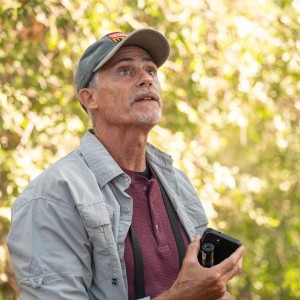
Troy has been an avid birder since high school. Raised in rural south-central Pennsylvania, he moved to Arizona in 1980 to pursue higher education and new adventures. For several years he conducted wildlife inventories on the upper San Pedro River for the Bureau of Land Management. He has worked for the nongame Branch of the Arizona Game and Fish Department since 1990, conducting surveys and coordinating projects for species of concern. He coordinated the Arizona Breeding Bird Atlas project from its inception. His passion for birds has taken him as far away as Peru and East Africa, and he plans to increase his world travels.
Other trips with Troy Corman
-
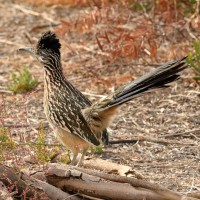 Arizona: Sunshine & SaguarosNovember 11 - 17, 2024
Arizona: Sunshine & SaguarosNovember 11 - 17, 2024
-
-
James Petersen
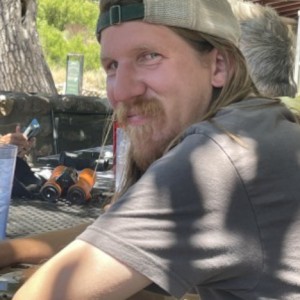
James grew up in New Jersey and started birding at a young age. He continued that passion by getting an undergraduate degree in Wildlife Ecology from the University of Maine. Since then, he has worked and birded extensively across the United States, including conducting point counts and banding ducks in Maine; identifying and counting waterfowl in Nebraska; counting migrating raptors in Texas, Arizona and Wyoming; and surveying for Northern Goshawks in northern California. The past three springs he has been a bird guide in the Chiricahua mountains in southeast Arizona, and he enjoys sharing his passion for birds with others. His favorite bird is the Red-headed Woodpecker.
Other trips with James Petersen
-
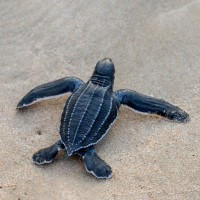 Trinidad & Tobago: Incredible Birds & WildlifeJune 20 - 29, 2024
Trinidad & Tobago: Incredible Birds & WildlifeJune 20 - 29, 2024 -
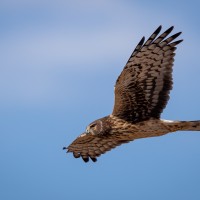 Maine Northwoods RetreatJuly 10 - 16, 2024
Maine Northwoods RetreatJuly 10 - 16, 2024 -
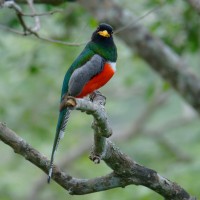 Arizona Monsoon Madness Birding & Nature in a Season of Wonder!August 1 - 8, 2024
Arizona Monsoon Madness Birding & Nature in a Season of Wonder!August 1 - 8, 2024 -
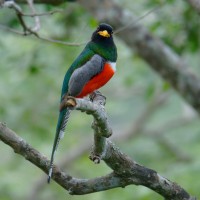 Arizona Monsoon Madness Birding & Nature in a Season of Wonder!August 11 - 18, 2024
Arizona Monsoon Madness Birding & Nature in a Season of Wonder!August 11 - 18, 2024 -
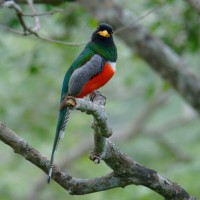 Arizona Monsoon Madness Birding & Nature in a Season of Wonder!August 25 - September 1, 2024
Arizona Monsoon Madness Birding & Nature in a Season of Wonder!August 25 - September 1, 2024 -
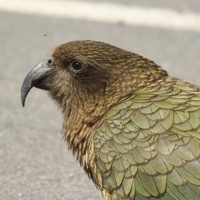 Birding New ZealandOctober 8 - 24, 2024, w/New Caledonia extension
Birding New ZealandOctober 8 - 24, 2024, w/New Caledonia extension -
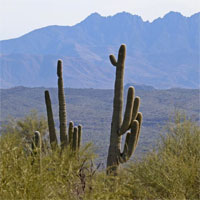 Arizona: Sunshine & SaguarosJanuary 12 - 17, 2025
Arizona: Sunshine & SaguarosJanuary 12 - 17, 2025 -
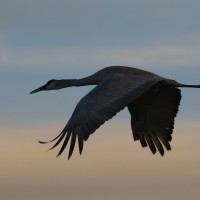 New Mexico: Winter Birds & Grand LandscapesJanuary 19 - 27, 2025
New Mexico: Winter Birds & Grand LandscapesJanuary 19 - 27, 2025 -
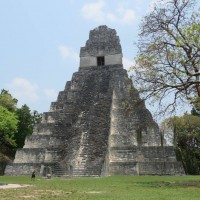 Best of Guatemala: Birding & Culture Three Great LodgesMarch 4 - 14, 2025, w/Tikal extension
Best of Guatemala: Birding & Culture Three Great LodgesMarch 4 - 14, 2025, w/Tikal extension
-
Essential Information +
Packing List +
Suggested Reading List +
Useful Links +
Photo credits: Banners: Whitewater Draw Sunset by Hugh Simmons Photography; Sandhill Cranes in formation by Peg Abbott; Chiricahua National Monument by Hugh Simmons Photography; Greater Roadrunner by Hugh Simmons, Whitewater Draw by Hugh Simmons; Vermillion Flycatcher by Hugh Simmons; Sandhill Cranes by Peg Abbott. Canyon Wren, Peg Abbott; Fall Colors, Peg Abbott; Rufous-collared Sparrow, Peg Abbott; Roadrunner by Peg Abbott; Coati by Peg Abbott; Red-naped Sapsucker, Peg Abbott; Fall colors, Peg Abbott; Group, Hugh Simmons; Sandhill Cranes, Peg Abbott; Western Meadowlark, Hugh Simmons; Violet-crowned Hummingbird, Hugh Simmons; Northern Pintail, Peg Abbott; Snow Geese, Peg Abbott; Sandhill Cranes flying, Peg Abbott; Bobcat, Peg Abbott; Bendire’s Thrasher, Peg Abbott; Group walking, Naturalist Journeys Stock; Marsh Wren, Peg Abbott; Northern Harrier, Peg Abbott; Vermilion Flycatcher, Steve Bull; Arizona in the Fall, Peg Abbott; Bisbee Town, Hugh Simmons Photography; Coronado, Hugh Simmons Photography; Sandhill Cranes, Hugh Simmons Photography; Canyon Wren, Peg Abbott; Fall AZ, Peg Abbott; Red-naped Sapsucker, Peg Abbott; Rufous-collared Sparrow, Peg Abbott;








